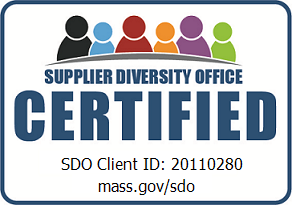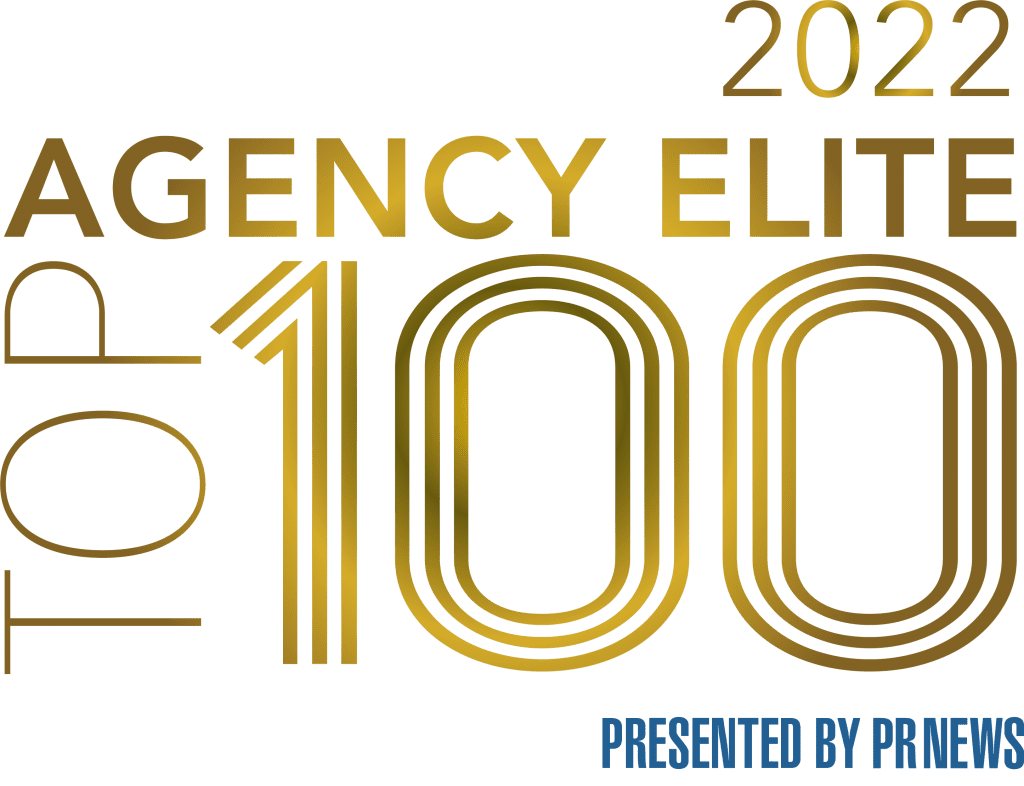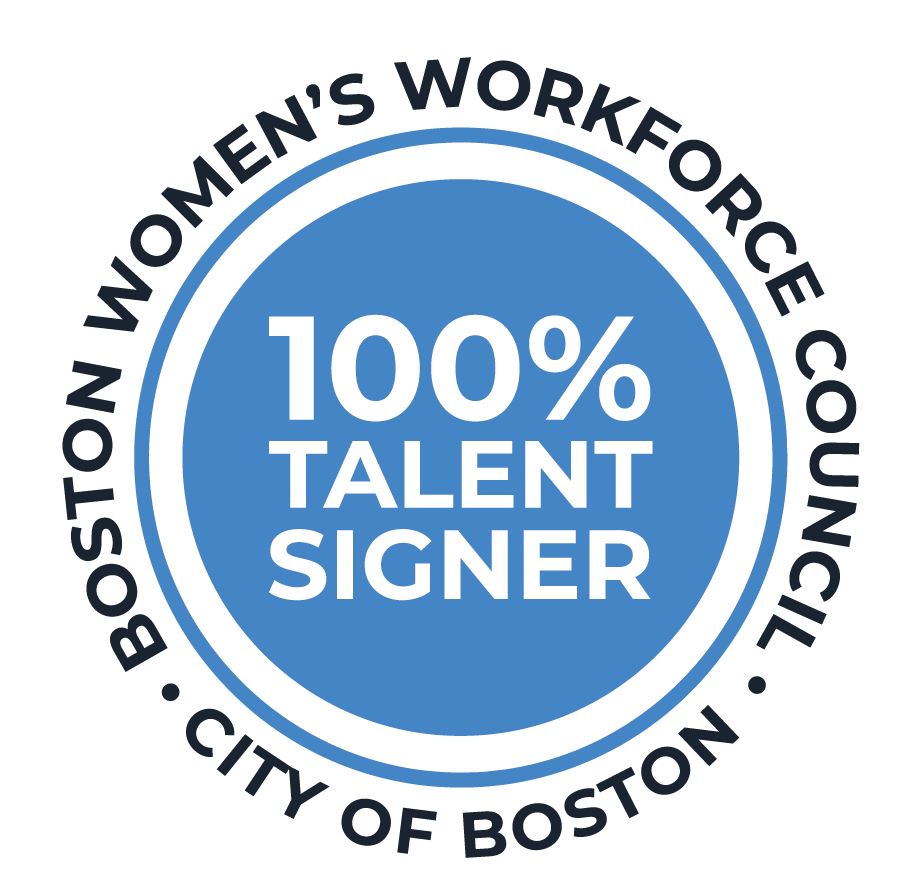Educational institutions have an obligation to address racial equity and justice – urgently. Too many Black and Brown men and women have lost their lives and have been discriminated against, and there has been a much-needed shift to emphasize these systemic issues, especially in schools.
Students and young adults are not afraid to speak their minds and fight for what is right. We’ve seen countless protests across the country over the past six months, with young people using their voices to go out and create change. This is necessary. Gen Zers and Millennials are our future leaders.
From K-12 to higher education, school administrators must work together to create a safe environment for open discussions about diversity, equity and inclusion, and always keep the following in mind:
State What You Stand for and What You Are Doing
If a school hasn’t already written a statement, this should be a top priority – and the statement MUST be action-oriented. Whether there are separate statements for internal and external audiences, messaging should be aligned and communication should be open and transparent, starting with leadership. Students, parents, staff and faculty are looking closely at how schools are addressing racial equity and justice, what they are saying and why they believe in those words. It’s not just writing on a page. The actions in the statement should address the school’s past and future, with accountability, reflection and a process for moving forward. Taking too long to respond, likely due to internal discussions and approval processes, creates a communications void: stakeholders don’t know what’s going on behind the scenes.
Solidify Social Media Policies
There should be specific protocols for posting on school social media accounts. How is the school using its platforms to be a voice in the movement? Is it saying Black Lives Matter? Is it using its platforms to authentically include diverse leaders and students on and off-campus? Students may look at their institution’s social media pages to see its stance and any steps they’re taking to promote positive change on campus. Following George Floyd’s killing, many students took to social media to create “Black at” profiles to anonymously share their experiences with racism. It is important to continuously monitor social media to see who is talking about the school and what are they saying – either positive or negative. The school must be timely, thoughtful, consistent and authentic in its approach to responding. Timeliness is key – schools that take too long to appropriately address a situation may see their situations escalate.
Addressing Student Protests
Schools have established policies for social distancing, but protests, marches and rallies may require a different set of rules. Students should be able to amplify their voices and fight for what they believe in – especially with the presidential election around the corner. Encourage students to be active citizens by promoting safe ways for them to support the social justice issues they care about. Open communication is key to ensuring the health and safety of the student body. Requiring students to wear masks and encouraging social distancing as much as possible will reduce risks of COVID-19 outbreaks. No matter what, students will be vocal on campus, organizing protests and working to change outdated policies. Institutions must work alongside their students, not against them.
Educate Faculty, Staff and Trustees on Racial Equity and Inclusion
Conversations about race can be uncomfortable – no one wants to say the wrong thing. However, it is critical to break through that fear in order to best serve students and families, and the institution overall. Training is the number one way to get everyone on the same page and have the tools and resources to address issues that may arise in a classroom or on campus. This isn’t a “one and done” – it should be reinforced and represented throughout each semester. Students look to their educators for guidance on more than academic topics. They are there to be mentored and learn how to form their own opinions on issues that affect the world. Schools should be focused on hiring more diverse and equity-minded faculty and staff that represent the diversity of their student body and the broader population.
Systemic issues weren’t created overnight, and change won’t happen overnight either. These conversations and policies will need to remain constant and progress with the times. Schools can drive and enable the change, so future generations can continue to lead the way.
















